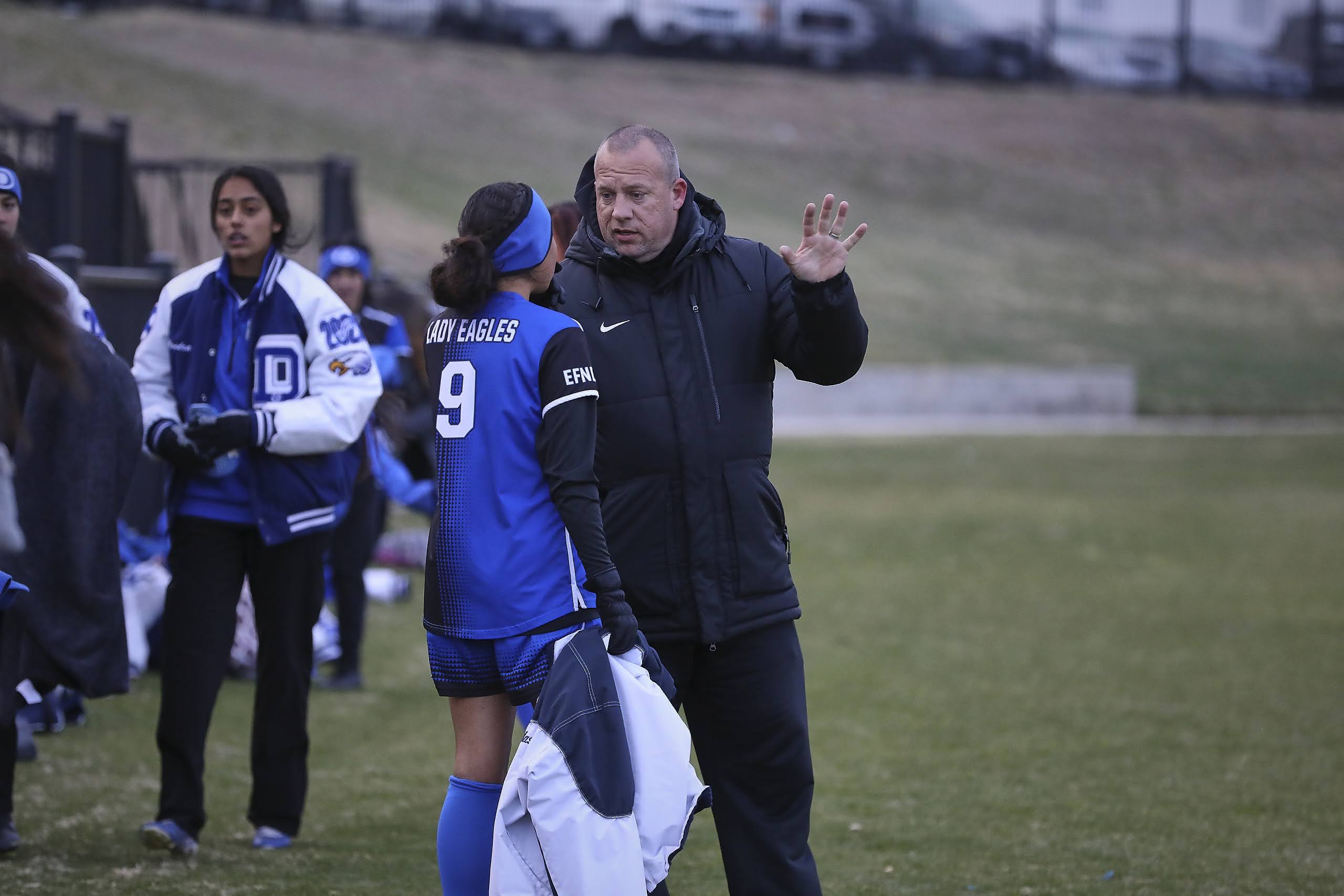Providing feedback to athletes is an essential part of coaching. It helps athletes improve their performance, learn from their mistakes, and grow both mentally and physically. However, giving effective feedback is not always easy. As a coach, it is important to understand the impact of your words, the right timing for feedback, how to personalize your approach, and how to balance praise with constructive criticism. In this blog post, we will explore the key strategies for delivering feedback to athletes in a way that is helpful and encouraging.
Understanding the Impact of Your Words
The language a coach uses when providing feedback can significantly influence an athlete’s reception and reaction to the guidance offered. Using affirming and constructive terms can inspire athletes, propelling them toward heightened efforts and improvements, whereas negative or overly critical language can demotivate and hinder their progress. It’s crucial for coaches to pay close attention to both tone and phrasing, aiming to uplift and support rather than to criticize in a way that may discourage or upset. A coach’s verbal approach should always foster an environment of growth and positivity, making it clear that the feedback is given from a place of wanting to see the athlete succeed and excel. Tailoring feedback to ensure it is constructive, focusing on specific areas for improvement alongside recognition of strengths, can help athletes to view feedback sessions as opportunities for development rather than as criticisms of their abilities.
The Right Timing for Feedback
Choosing the optimal moment to deliver feedback to athletes is crucial in maximizing its effectiveness and ensuring it is well-received. Immediately following a performance, while details are still vivid, can be an opportune time for feedback, allowing athletes to connect insights directly with their actions. However, the emotional state of the athlete post-performance is a vital consideration. In moments of high emotion, whether elation or disappointment, the capacity to absorb feedback may be compromised. Waiting for a more neutral emotional state can be beneficial. During training sessions, feedback becomes a powerful tool for immediate application and experimentation, offering athletes a chance to adjust and try new strategies in the moment. This timely intervention facilitates a dynamic learning environment, where guidance is not just theoretical but practically applied, fostering a deeper understanding and swift improvement. Recognizing when an athlete is most receptive and ready to engage with feedback is as important as the feedback itself, making timing a pivotal aspect of effective coaching.
Personalizing Your Feedback Approach
Understanding the individuality of each athlete is pivotal when shaping your feedback strategy. Athletes come with their own set of experiences, motivations, and responses to criticism or praise. To effectively communicate, it’s crucial to recognize these differences and adjust your approach accordingly. For some athletes, a straightforward, concise critique might prompt immediate improvement and motivation. In contrast, others may benefit from a more nuanced and supportive dialogue, emphasizing encouragement and positive reinforcement. This tailored approach not only demonstrates your investment in their personal growth but also enhances the receptivity of your feedback.
Delving into the personal goals, fears, and aspirations of your athletes can offer invaluable insights into the most effective ways to communicate with them. This personalized engagement fosters a deeper connection, making it easier to deliver feedback that resonates and inspires action. Moreover, understanding an athlete’s preferred learning style—be it visual, auditory, or kinesthetic—can further refine how you present feedback, ensuring it’s both accessible and actionable. This customized method empowers athletes, making them feel seen and supported in their journey, thereby maximizing the impact of your coaching efforts.
Balancing Praise and Constructive Criticism
Achieving the delicate equilibrium between highlighting an athlete’s successes and pinpointing areas for improvement is a core aspect of effective coaching. It is imperative to celebrate the achievements and progress an athlete makes, as this reinforces their sense of accomplishment and motivates continued effort and passion for the sport. Equally, addressing areas that require enhancement is necessary for growth and skill development. The key lies in ensuring feedback is precise and actionable, guiding athletes on the path to improvement with clarity and direction. By focusing on specific behaviors or outcomes, rather than general or personality traits, feedback remains constructive and rooted in the context of performance enhancement. This approach not only clarifies expectations but also helps athletes to perceive critique not as a judgment, but as an integral part of the learning process. It’s about crafting a narrative in which every piece of feedback, whether praise or criticism, contributes to building a stronger, more capable athlete. Encouraging a mindset where constructive criticism is viewed as an opportunity for excellence allows athletes to embrace challenges with resilience and determination. It’s about nurturing an environment where athletes feel supported in their strengths while being guided through their weaknesses with empathy and insight, fostering a culture of continuous improvement and achievement.
Encouraging Athlete Involvement in the Feedback Process
To enhance the effectiveness of feedback, transforming it into a dialogue with athletes is essential. This approach fosters a deeper sense of engagement and accountability in athletes, making them active participants in their own development. Encourage athletes to share their perspectives, reflecting on their performances and identifying areas they feel need improvement. This not only provides valuable insights for coaches but also helps athletes develop critical self-assessment skills. Involvement in the feedback process empowers athletes, allowing them to articulate their goals and partake in crafting strategies for achievement. This collaborative effort ensures that feedback is not only received but fully integrated, laying a foundation for targeted improvements and shared successes. Engaging athletes in this way demystifies the feedback process, making it a shared journey towards excellence rather than a directive to be followed.

